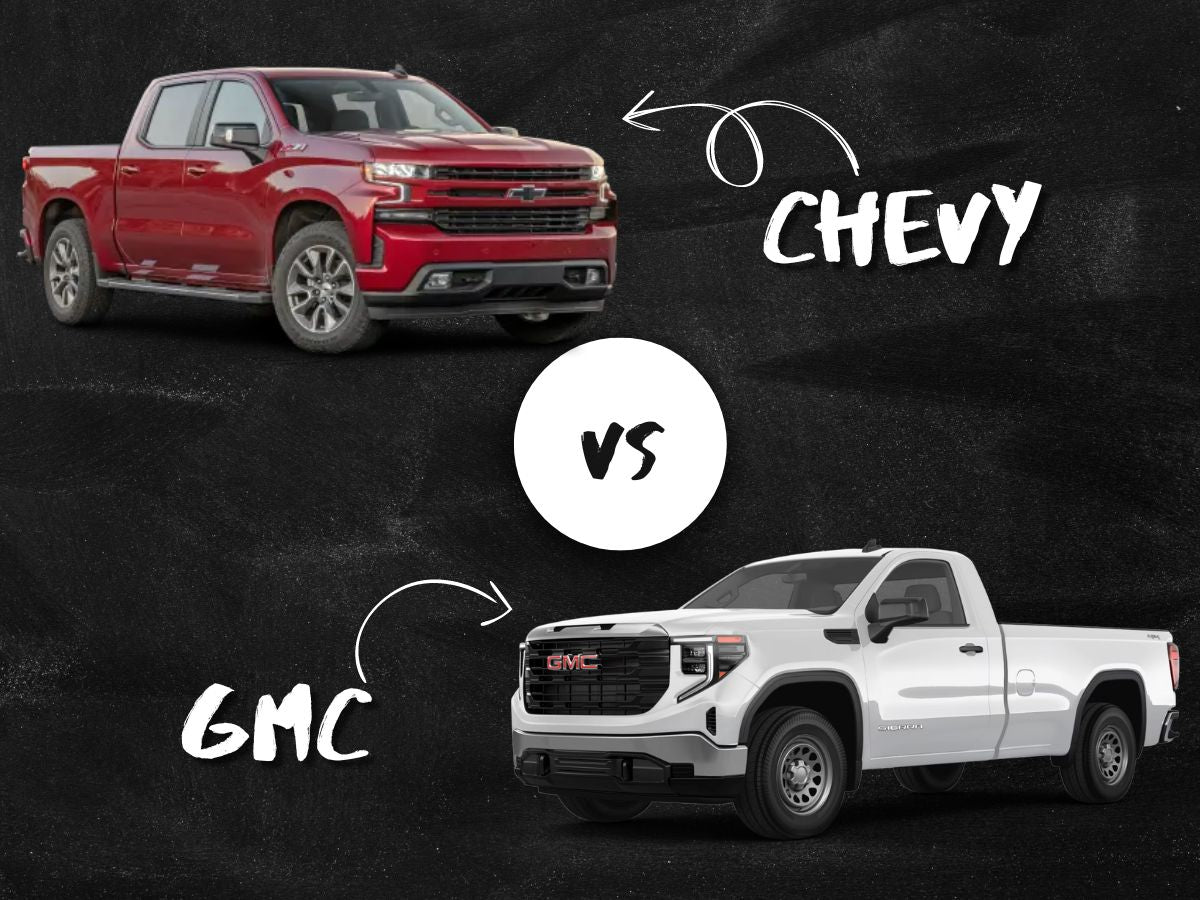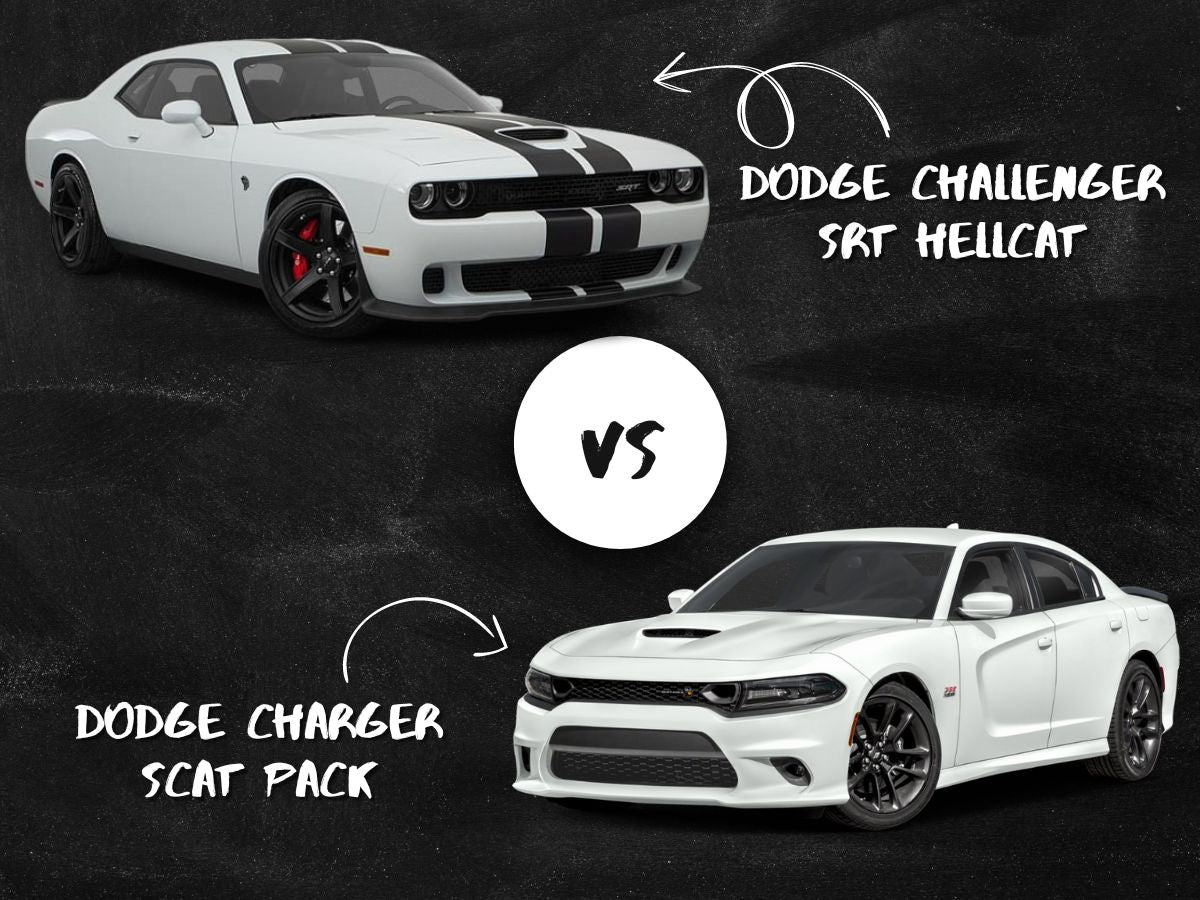For SUV shoppers looking at Toyota models, two popular choices are the Toyota Highlander and Toyota 4Runner. Both of these midsize SUVs have excellent reputations for reliability and retain strong resale values. However, there are some key differences between the Highlander and 4Runner that buyers should consider before making a purchase.
Highlander Overview
The Toyota Highlander is a crossover SUV, meaning it has a car-based unibody construction rather than a traditional truck-based body-on-frame design. Introduced in 2001 and currently in its fourth generation, the Highlander offers the passenger room, comfort, and on-road manners of a family vehicle with the added utility of available all-wheel drive.
Seating up to eight passengers with an available third-row seat, the 2023 Toyota Highlander comes nicely equipped even in its base L trim. Standard features include the Toyota Safety Sense suite of driver assists, an 8-inch touchscreen, Apple CarPlay/Android Auto smartphone integration, six USB ports, power liftgate, and more. Upgrading to the popular XLE trim adds extras like leatherette upholstery, power front seats, and a hands-free power liftgate.
Power comes from a choice of two engines: a 2.4L 4-cylinder making 265 lb-ft of torque or a 3.5L V6 producing 310 lb-ft. Front-wheel drive is standard, with available all-wheel drive improving traction in poor conditions. Fuel economy is a Highlander strong suit, with ratings as high as 36 mpg on the highway.
4Runner Overview
In contrast to the Highlander, the Toyota 4Runner employs a traditional body-on-frame architecture with a rugged ladder frame chassis and a solid rear axle. This construction gives the 4Runner legitimate off-road credentials thanks to its strength, durability, and enhanced ground clearance.
Available only with four-wheel drive, the 2023 Toyota 4Runner utilizes a 4.0L V6 engine producing 270 hp and 278 lb-ft of torque. While not as fuel efficient as the Highlander, it still manages respectable ratings of up to 24 mpg highway. A 5-speed automatic transmission is standard.
Offered in SR5, TRD Sport, TRD Off-Road, and TRD Pro trim levels, 4Runner seating ranges from five to seven passengers depending on configuration. Even base models come relatively well equipped, with all trims featuring Toyota’s Safety Sense system. Higher trim levels add extras like dual-zone climate control, a larger touchscreen, premium audio, and more.
Differences Between the Toyota Highlander and Toyota 4Runner
Here is a comparison table highlighting key differences between the Toyota Highlander and Toyota 4Runner:
| Attribute | Toyota Highlander | Toyota 4Runner |
|---|---|---|
| Construction | Unibody/crossover | Body-on-frame/SUV |
| Seating capacity | Up to 8 passengers | Up to 7 passengers |
| Cargo capacity (behind 3rd row) | 16 cu. ft. | 47.2 cu. ft. |
| Cargo capacity (all seats folded) | 84 cu. ft. | 89.7 cu. ft. |
| Engine options | 2.4L 4-cyl or 3.5L V6 | 4.0L V6 only |
| Horsepower range | 245-296 hp | 270 hp |
| Fuel economy | Up to 36 mpg hwy | Up to 24 mpg hwy |
| Drivetrain | FWD or AWD | 4WD only |
| Ground clearance | 8.0 in | 9.6 in |
| Approach/departure angles | 18.0°/23.0° | 33.0°/26.0° |
| Towing capacity | 5,000 lbs | 5,000 lbs |
| On-road handling | Car-like, smooth | Truck-like, bouncy |
| Off-road capability | Capable in light terrain | Highly capable, rugged |
| Safety ratings | Top Safety Pick+ | 4/5 stars |
| Base MSRP | $36,420 | $37,815 |
The table summarizes how the Highlander leans more towards family-friendly practicality and on-road comfort, while the 4Runner emphasizes off-road performance and rugged capability. Let me know if you need any clarification or have additional questions!
How They Differ in Performance
Performance preferences can help determine whether the Toyota Highlander or Toyota 4Runner is the better match. The Highlander accelerates smoothly thanks to its car underpinnings, while the 4Runner’s truck platform gives it a more rugged demeanor.
- The Highlander’s available 265 hp V6 delivers quicker acceleration than the 4Runner's 270 hp V6 due to its lower curb weight.
- Transmission behavior favors the Highlander as well, with its 8-speed automatic being more responsive than the 4Runner’s aging 5-speed.
- When taking tight turns, the Highlander handles better, feeling more stable and controlled. Its lower center of gravity prevents excessive body roll.
- For going off-road, the 4Runner’s body-on-frame design allows impressive ground clearance and wheel articulation. The Highlander does fine on dirt roads but can’t match the 4Runner’s talent over rough terrain.
So while the Toyota Highlander is the better on-road performer, buyers wanting to explore the great outdoors need to get the highly capable 4Runner.
Passenger and Cargo Room
On the inside, both models can seat up to seven or eight passengers when properly equipped. But interior dimensions give a clear advantage to the Toyota Highlander.
- Thanks to its boxier profile, the Highlander offers more usable legroom, headroom, and hip room in both rows of rear seats.
- Access is easier as well, as the Highlander’s rear doors open wider for simpler entry and exit.
- Behind the rear seats, the Highlander provides 16 cubic feet of cargo volume, expanding to 84 cubes with the second and third rows folded.
- The 4Runner checks in with 47.2 cubes behind its third row and 89.7 with it folded away. So while roomier than the Highlander’s standard cargo area, it gives up a little capacity when fully expanded.
So families needing maximum interior space for passengers and their gear should lean toward the more practical Toyota Highlander.
Reliability and Owner Costs
For Toyota shoppers, expectations are high when it comes to reliability. Fortunately, both the Highlander and 4Runner deliver in this area.
- In Consumer Reports rankings, both models earn above-average reliability scores, with the 4Runner finishing slightly higher over the past few years.
- Real-world dependability backs this up. The Highlander platform has been refined over 20 years and four generations, while 4Runner owners praise their SUV’s durability even with high mileage.
- From a cost perspective, brakes tend to last longer in the 4Runner thanks to its rear disc brakes. But Highlander maintenance comes in lower overall, with better fuel economy saving money at the pump.
- Insurance premiums are close for both according to data from Insure.com, with Highlander rates around $150/year lower on average.
- Resale value projections give the 4Runner an advantage at around five years of ownership. But both models retain a significantly higher value than other used SUVs.
When weighing Toyota Highlander vs Toyota 4Runner reliability and costs, either model represents a good value supported by years of owner satisfaction.
Safety Features and Ratings
As SUVs are designed to transport precious cargo, both the Highlander and 4Runner make safety a priority. Standard on every trim is Toyota Safety Sense, which bundles valuable driver assists like automatic emergency braking, adaptive cruise control, lane departure alert, and more. Blind-spot monitoring with rear cross-traffic alert is also standard equipment.
- In IIHS testing, the Highlander performed slightly better, earning Good scores across the board and a Top Safety Pick+ designation. The 4Runner scored just below it, rated Good in most tests but missing the highest TSP+ rating.
- For the overall five-star NHTSA ratings, the Toyota Highlander scored five stars in every category except the rollover test, where it managed four stars. The 4Runner equaled this performance, garnering five stars in all tests except the rollover evaluation.
So both SUVs provide reassuring protection for occupants, with the Highlander holding just a small advantage in the eyes of testers.
Choosing Between Highlander and 4Runner
With an overview of how these two popular Toyota SUVs match up, it’s time to highlight some key purchase considerations for buyers cross-shopping the 2023 Toyota Highlander and 2023 Toyota 4Runner:
Performance Needs
- The Highlander favors ride comfort and responsive handling for confident daily driving
- With enhanced ground clearance and 4WD, the 4Runner is built for off-road adventure
Passenger and Cargo Requirements
- The Highlander is roomier inside for passengers plus more cargo space behind the rear seat
- 4Runner is still spacious, offering plenty of utility including an optional third-row
Long-Term Ownership Costs
- Highlanders are more affordable to run thanks to better fuel economy
- But 4Runner can save in the long run with lower depreciation at resale time
Reliability Reputation
- Both Toyota models are known for durability and long lifespans
- Each offers peace of mind backed by years of proven operation
For buyers wanting maximum passenger and cargo utility plus low operating costs in an affordable, reliable package, the 2023 Toyota Highlander hits all the right notes. If regularly venturing off the beaten path is a priority, along with carrying outdoor gear, then the rugged 2023 Toyota 4Runner is the best selection. Regardless, drivers can be confident with either durable, safe Toyota SUV choice.
Frequently Asked Questions
Which has more cargo space, Highlander or 4Runner?
The Toyota Highlander offers more overall cargo capacity, with 84 cubic feet of volume with all rear seats folded compared to 89.7 cubes in the 4Runner. But behind the third-row seats, the 4Runner's 47.2 cubic foot rating beats the Highlander's 16 cubic foot figure.
Is the Toyota Highlander bigger than the 4Runner?
Yes, the Highlander has larger exterior dimensions than the 4Runner. The Highlander stretches 4.5 inches longer, at 194.9 inches total length versus 190.4 inches for the 4Runner. The Highlander is also three inches wider and two inches taller than the 4Runner.
Which model has a better resale value?
The Toyota 4Runner is expected to retain resale value better in the long run. At three years of ownership, values are close. But at five years and beyond, the 4Runner maintains value better. Its rugged body-on-frame design stays popular with subsequent buyers willing to pay for this capability.
Does the Toyota Highlander have more horsepower than the 4Runner?
With its available 3.5L V6 making 265 hp, the Toyota Highlander can offer higher horsepower output than the 4Runner and its 270 hp rating from a 4.0L V6. However, the Highlander engine must motivate more weight so real-world performance feels similar between the two SUVs.
Which Toyota model is better in the snow?
While both SUVs offer available all-wheel drive for enhanced snow and ice traction, the 4Runner’s advanced 4WD system gives it an advantage in severe winter conditions. With low-range gearing and strong ground clearance, the 4Runner is less likely to get stuck when snowfall gets heavy.
In Summary
For shoppers comparing the family-focused Toyota Highlander against the adventure-oriented Toyota 4Runner, identifying key priorities is the first step. Drivers wanting space for up to eight, low running costs, and high reliability will appreciate everything the Highlander brings to the table. Outdoorsy types needing true off-road talent wrapped in rugged style need to get behind the wheel of the trusty 4Runner. Fortunately, with Toyota's toughness and quality baked into both choices, drivers have two great SUVs to consider for their needs.




Leave a comment
This site is protected by hCaptcha and the hCaptcha Privacy Policy and Terms of Service apply.